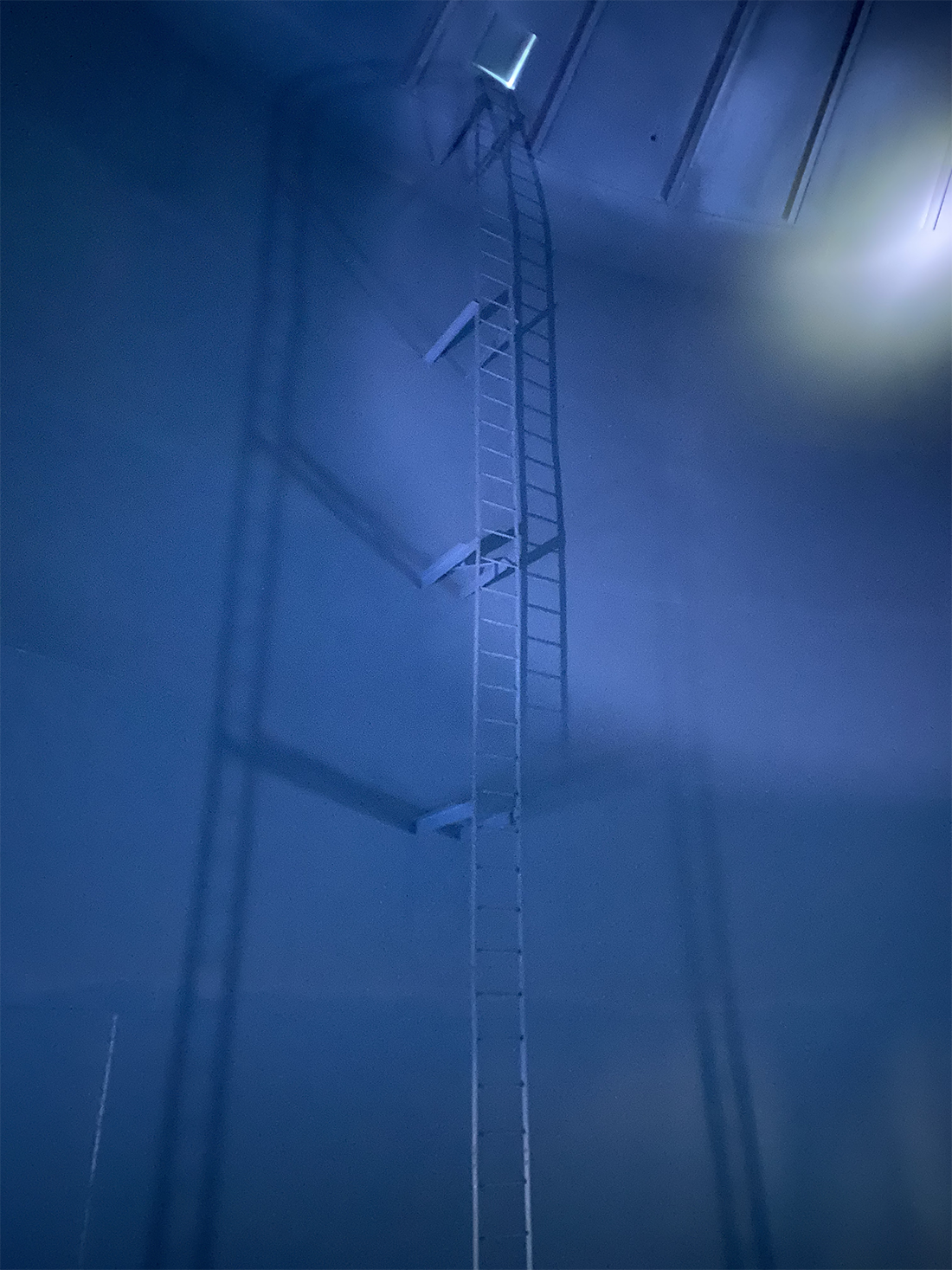By: William Seawell, Induron Technical Service Manager
 Lately, in both the industrial coatings and water infrastructure industries, there has been much buzz about the upcoming changes to potable water lining standards. The standard we are all intimately familiar with, ANSI/NSF 61, is being replaced by ANSI/NSF 600. This change goes into effect January 1, 2023 and will have some effect on nearly all potable water linings installed in the United States.
Lately, in both the industrial coatings and water infrastructure industries, there has been much buzz about the upcoming changes to potable water lining standards. The standard we are all intimately familiar with, ANSI/NSF 61, is being replaced by ANSI/NSF 600. This change goes into effect January 1, 2023 and will have some effect on nearly all potable water linings installed in the United States.
What is the new standard?
The new standard has tighter limits for acceptable extractable levels in some compounds, which will remove some potable water linings products from the market. However, there have been a lot of rumors and concerns that the entire industry will be forced to switch to waterborne or 100% solids. This simply isn’t true!
Linings are being installed right now, and have been for some time, that are fully NSF 600 compliant. In preparation for 2023, NSF has released their new requirements and manufacturers have already begun getting their various potable water linings selections tested for NSF 600 compliance. The new standard’s most significant change is a several order of magnitude shift in the allowable extractable levels of various aromatic solvent traces typically associated with bulk xylene and similar solvents. Naively, this may lead one to assume there will no longer be solvent born products available for potable water application.
How will NSF 600 impact job sites?
Yes, many applicators are using 100% solids plural applied epoxies on job sites within my recent memory, but those same contractors were already doing that and have been for years. There are also NSF 600 compliant, solvent-borne, single-leg airless applied epoxies as well (being sprayed as I write this article).
Contractors who regularly install potable water tank linings should check with their manufacturers to determine if the products they regularly apply will be NSF 600 compliant. But, based on the job sites I am seeing right now, the change from NSF 61 to 600 will not be the industry-shattering change some have made it out to be.
The typical system I see installed on potable water tank interiors in the field in this last couple of years looks like one of two of the following “types:”
- SSPC SP10 blast
- NSF 600 compliant thin film epoxy primer (roller or airless applied)
- NSF 600 compliant 100% solids thick film epoxy (plural airless applied)
or
- SSPC SP10 blast
- NSF 600 compliant ~70% solids thin film self-priming epoxy (roller or airless applied)
- NSF 600 compliant ~70% solids thin film self-priming epoxy (roller or airless applied)
Most contractors are already familiar with these sort of lining systems and have the equipment and skilled labor to handle them. The barrier to entry for executing potable water lining jobs isn’t going to change much at all. My recent experience from the field tells me that some earth-shattering change to a new technology for NSF 600 compliance just isn’t necessary.
With NSF 600-compliant, thin film solvent-borne epoxies on the table, I have trouble conceptualizing how there would be a major industry shift to a different new resin technology or application style. As has been the case for several decades, contractors who need “high-throughput” application and high production rate spraying will typically opt for something like the first system listed above as plural application has a higher cost barrier to entry but ultimately can result in greatly reduced cure times and much lower time spent spraying. This cost analysis makes more sense as jobs get larger typically speaking. Plural application, after all, makes a lot more sense for a 250,000 square foot series of tank interiors than it does for one small municipal elevated water tank.
Likewise, contractors who preferred single-leg airless and roller application have always used the thin film epoxy systems and will continue to do so under NSF 600. Some products are going away, yes but not all of them. New products will come out to fill those gaps left behind. That has already happened and will continue to occur. I think there is a major opportunity here for the industry to evaluate how it looks at immersion-grade primers, a product type that has historically been an inherently high VOC, high HAPS chemistry. NSF 600 is already facilitating change there.
NSF 600 is old news
Perhaps it is anticlimactic to write an article titled “Notes from the Field” on NSF 600 only to tell the reader that they need not worry much about it at all, but my biggest take away from “the field” concerning NSF 600 is that it already a solved problem and has been for quite some time.
As an industry, I believe we do need to take a moment and make sure that all the specifications and active job sites we are in contact with as manufacturers, applicators, engineers and owners are updated to reflect the changes coming in 2023. That said, the necessary changes are likely to be easy and not as much hassle for any party involved as many seem to believe.
